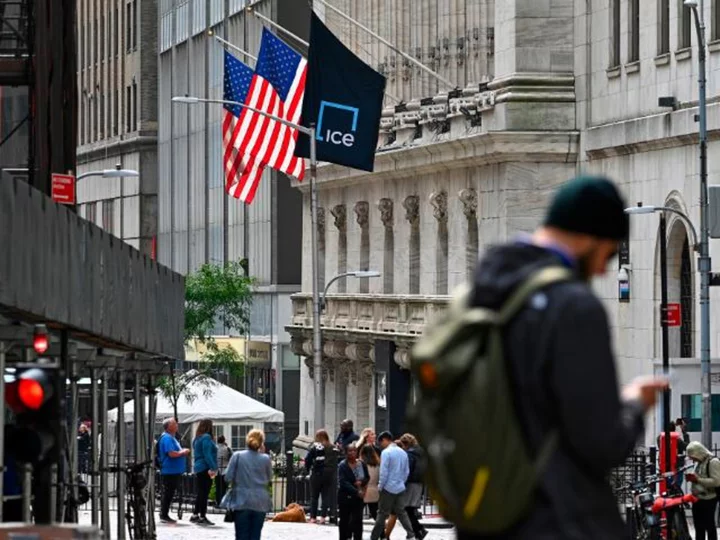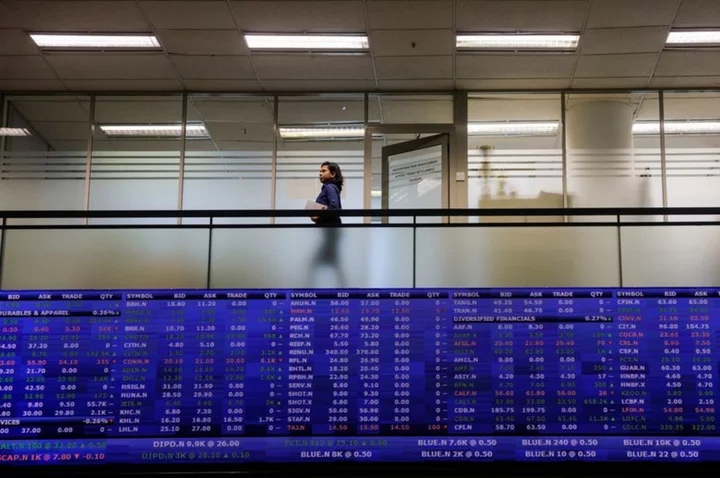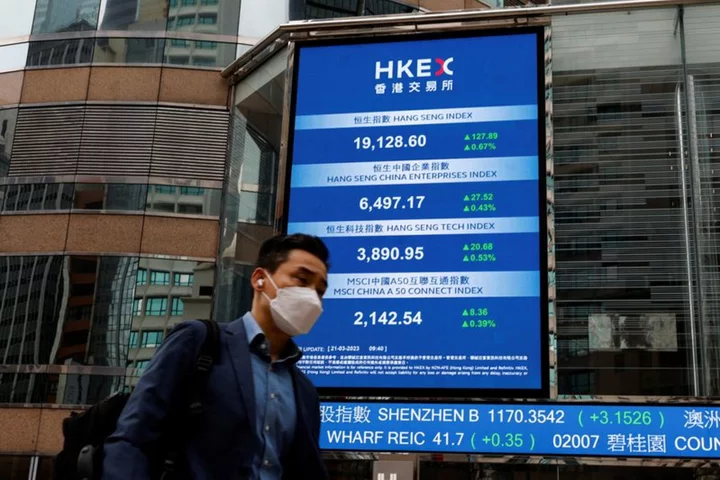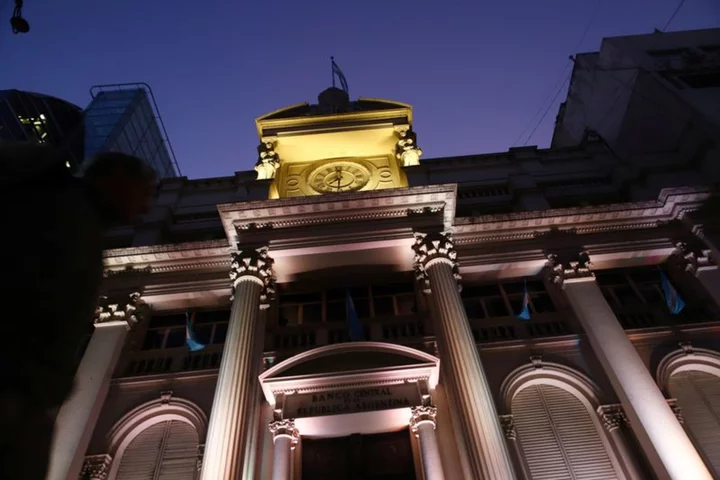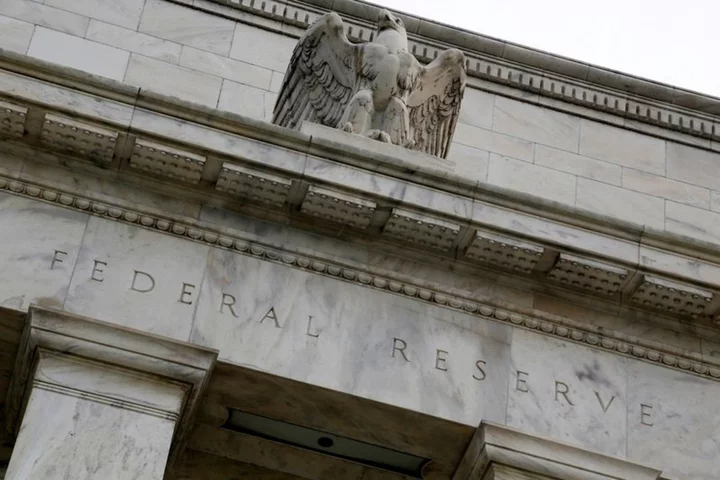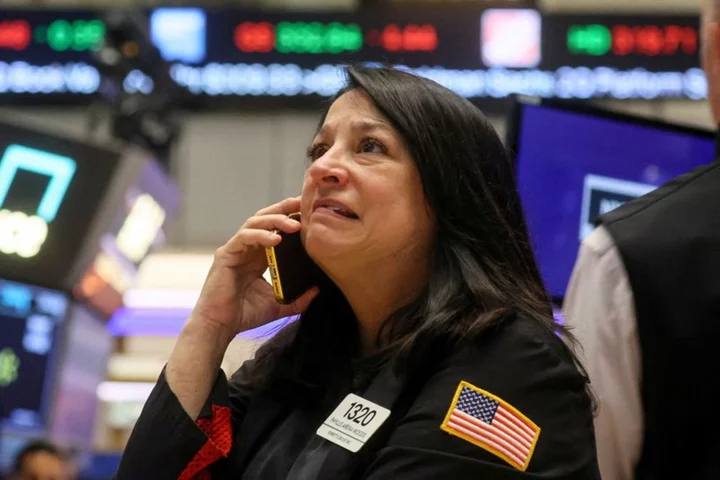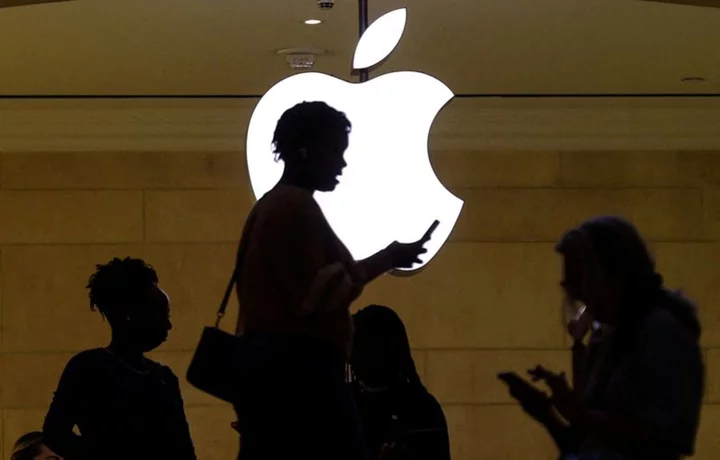October has a long history of spooking Wall Street, and this week's market action is serving up a particular dose of terror for traders.
Markets fell sharply on Tuesday. The Dow lost 454 points, or 1.3%, notching its biggest decline since March and turning negative for 2023.
CNN's Fear & Greed Index, which tracks seven market indicators, sank to an "Extreme Fear" reading of 14, which marks the index's lowest level since last October.
And with bank earnings reports beginning on Friday the 13th, and the next Federal Reserve policy meeting starting on Halloween, this spine-tingling season may be a long one for the markets.
Here's why investors are freaking out:
Rates and the Fed: A surge in corporate debt sales and rising bond yields have sent stocks lower. Stocks often struggle when government bond yields are elevated, since it means investors can get high returns on less risky assets.
Meanwhile, stronger-than-expected jobs data has exacerbated anxiety that the Fed will decide to keep interest rates higher for longer. Mortgage rates are racing towards 8%, after hitting their highest level since 2000 last week. High interest rates tend to eat into corporate profits and drag stock values lower.
Government dysfunction: Adding to the volatility is chaos in America's Congress. Markets continue to reel from a narrowly avoided federal government shutdown last weekend over the fiscal budget. And Tuesday, House Republicans voted to oust Speaker Kevin McCarthy from his role because he worked with Democrats to avoid the shutdown.
"The news out of the House today once again highlights the difficult political backdrop in addressing such issues," said Michael Reinking, manager of NYSE research.
Moody's, the only major credit rating firm to keep a perfect score for the United States, has warned that a government shutdown would be "credit negative" for the United States. More political disorder could also potentially trigger a downgrade.
On top of that, about 43 million Americans will face their first student loan bill since 2020 next week, potentially stymieing consumer spending.
Geopolitical risks are still elevated as Russia's war on Ukraine continues and relations between the United States and China remain tense. Oil prices, meanwhile, are still sitting near their highest level in more than a year.
But even as the woes mount up, some analysts still think this downturn is mainly about seasonality.
The "October Effect": Several historic stock market crashes have haunted the autumnal month. Black Tuesday, the 1929 market plunge that led to the Great Depression, 1987's Black Monday and the beginnings of the 2008 financial crisis all took place in October.
October also marks the end of the fiscal year for many mutual funds in the United States. This sometimes leads to so-called "window dressing," where fund managers sell poorly performing stocks and purchase better-performing alternatives to improve the appearance of their portfolios.
These events have led investors to fear the cursed "October Effect," a perceived tendency for the stock market to decline through the month. Statistical evidence doesn't quite support the phenomenon, but the level of superstitious caution on Wall Street is real.
That can create a self-fulfilling prophecy. As investors become wary of the effect, their heightened caution or predisposition to sell off at the first sign of volatility could lead to downturns.
Yes, but: While October has seen sharp declines on occasion, it has also seen substantial market recoveries and gains. Over the long term, October's performance, when averaged out, isn't as dire as the reputation might suggest.
No particular month can really claim to be the worst.
As Mark Twain wrote way back in 1894, "October. This is one of the peculiarly dangerous months to speculate in stocks," adding that "the others are July, January, September, April, November, May, March, June, December, August, and February."
Sam Bankman-Fried's trial has started. Here's what you need to know
The trial of Sam Bankman-Fried, a onetime crypto billionaire accused of orchestrating a multibillion-dollar fraud, kicked off Tuesday in federal court in Manhattan, reports my colleague Allison Morrow, who is covering the trial in person.
Jury selection took up most of the first day, with opening arguments to follow on Wednesday.
The defendant appeared in court in a suit and tie, his normally unkempt hair having recently been cut.
Judge Lewis Kaplan addressed the 31-year-old Bankman-Fried, known as SBF, before potential jurors arrived, telling him that the decision to testify is "solely for you," not his attorneys.
"They can't make that decision for you. It's your call... You need to understand that," Kaplan said.
Over the next several weeks, lawyers will argue two dueling narratives about how FTX, Bankman-Fried's now-bankrupt crypto platform, came unglued and left thousands of customers in limbo, with their deposits frozen.
SFB has pleaded not guilty to seven counts of fraud and conspiracy in connection with the collapse of FTX — a seismic event from which the entire crypto industry is still reeling.
SBF has maintained his innocence since his arrest last December and has sought to shift blame toward other players in his business empire, including FTX's lawyers as well as his former business partner and on-and-off ex-girlfriend, Caroline Ellison.
Prosecutors have cast SBF as a Bernie Madoff-like mastermind who stole from FTX's customers and lied to investors in a yearslong scheme to enrich himself and his associates with luxury real estate splurges and more than $100 million in US political donations.
GM, Ford lay off 500 more workers, blaming strike
General Motors and Ford are laying off 500 additional workers between them, blaming the expansion of the strike announced by the United Auto Workers union at those companies on Friday, report my colleagues Chris Isidore and Vanessa Yurkevich.
"We have said repeatedly that nobody wins in a strike, and this is yet another demonstration of that fact," said GM's statement. "We will continue to bargain in good faith with the union to reach an agreement as quickly as possible."
The company had previously laid off more than 1,800 workers at its Fairfax assembly plant in Kansas City, Kansas, as well as its Toledo engine plant and its Lockport components factory in New York state. It has now laid off nearly 2,000 workers across the five affected plants.
"Our production system is highly interconnected, which means the UAW's targeted strike strategy has knock-on effects for facilities that are not directly targeted for a work stoppage," said the statement from Ford. It had previously laid off 600 hourly workers at the Michigan Assembly plant in Wayne, Michigan who were not on strike.
Stellantis, which makes vehicles under the Jeep, Ram, Dodge and Chrysler brands, did not announce any additional layoffs. But the UAW did not expand the scope of the strike to additional Stellantis locations on Friday, citing progress in negotiations. It had previously announced it had laid off 350 UAW members at its Toledo Machining plant as well as at transmission and casting plants in Kokomo, Indiana.
The UAW pointed to its earlier statement criticizing the layoffs.
"Let's be clear: if the Big Three decide to lay people off who aren't on strike, that's them trying to put the squeeze on our members to settle for less. With their record profits, they don't have to lay off a single employee," said the union's statement. "Their plan won't work. The UAW will make sure any worker laid off in the Big Three's latest attack will not go without an income."

